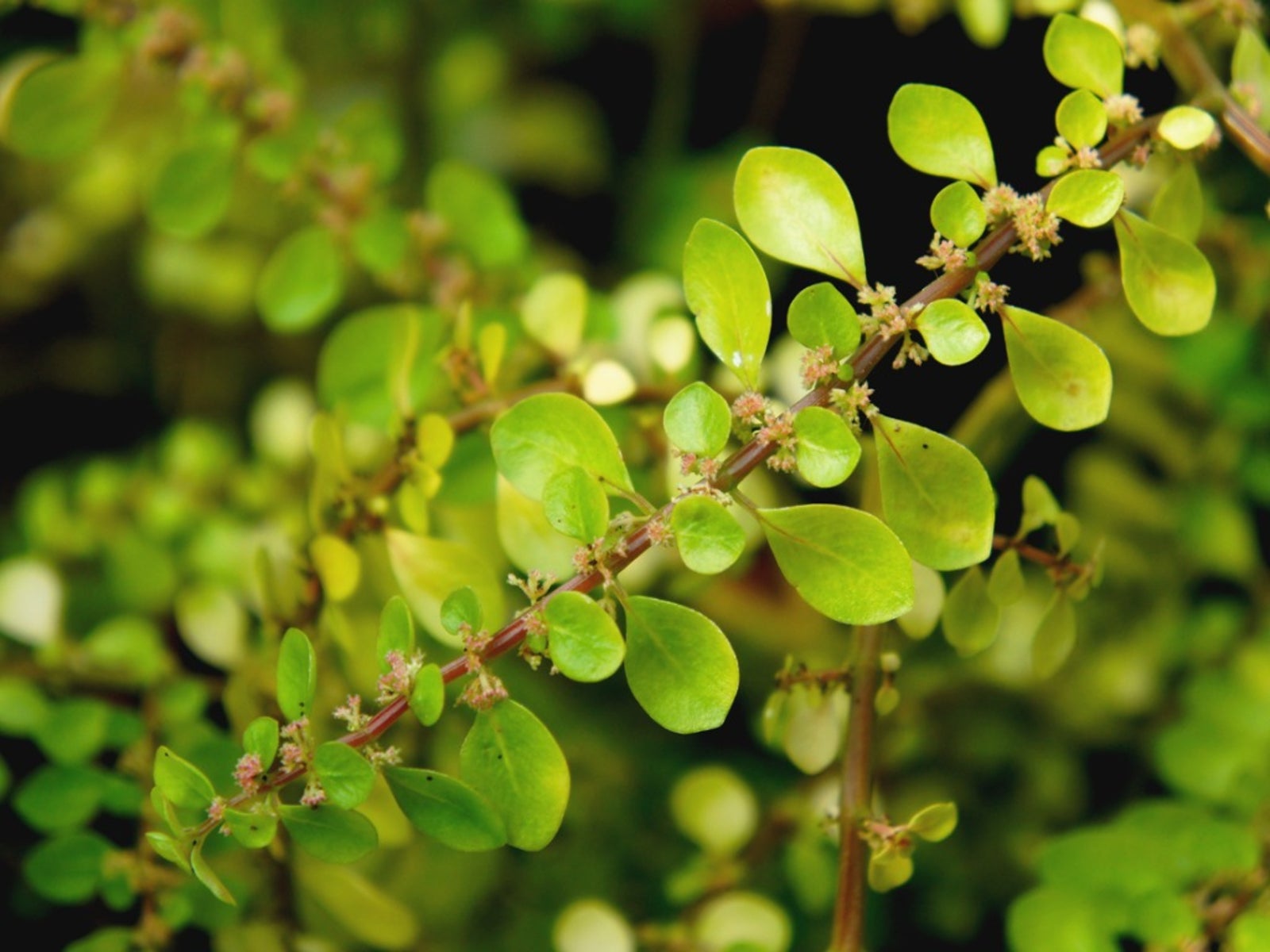Artillery Plant Info: Tips For Growing Artillery Plants


Growing artillery plants (Pilea serpyllacea) provide an interesting ground cover option for shady gardens in the warmest of southern states. Artillery plants can also provide fine succulent-textured, green foliage for containers as the flowers are not showy.
Artillery Plant Info
Related to the aluminum plant and the friendship plant of the genus Pilea, artillery plant info indicates this plant got its name from its dispersal of pollen. The tiny, green, male flowers burst the pollen into the air in an explosive-like manner.
Where to Grow Artillery Plants
Winter hardy to USDA Zone 11-12, growing artillery plants in these zones may remain evergreen or die back in winter. However, growing artillery plants is not limited to those zones alone, as this specimen can be overwintered inside as a houseplant. A well draining soil or houseplant mixture is necessary to keep the plant happy. Provide humidity to the area for best performance when growing artillery plants. Artillery plant care is not difficult once you find the right place for it. Outside, growing artillery plants should be located in a shade to part shade area, receiving only morning sun. Indoors, place the artillery plant in a location where it gets bright and filtered, indirect light from a window or on a shady patio during warm months. When considering where to grow artillery plants inside, choose a southern window, away from drafts. Artillery plant care includes placing the plant where day-time temperatures remain at 70 to 75 F. (21-24 C.) and 10 degrees cooler at night.
Artillery Plant Care
Part of your artillery plant care includes keeping the soil moist, but not soaked. Water when the soil is dry to the touch. Fertilization every few weeks promotes growth. Artillery plant info recommends feeding with a balanced houseplant food every five to six weeks. Artillery plant care also involves grooming the plant for desired shape. Pinch back top and end growth to promote a compact and bushy plant.
Sign up for the Gardening Know How newsletter today and receive a free copy of our e-book "How to Grow Delicious Tomatoes".

Becca Badgett was a regular contributor to Gardening Know How for ten years. Co-author of the book How to Grow an EMERGENCY Garden, Becca specializes in succulent and cactus gardening.